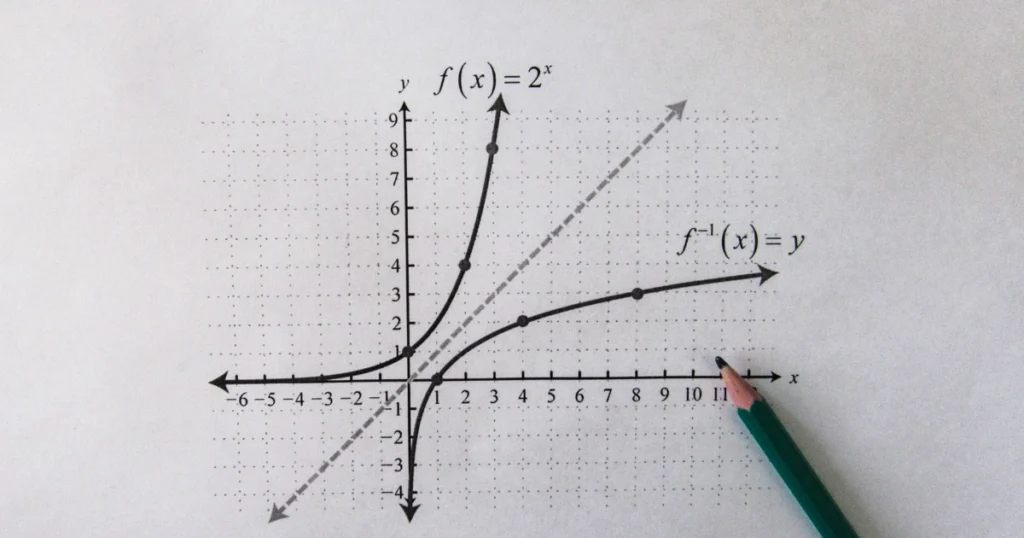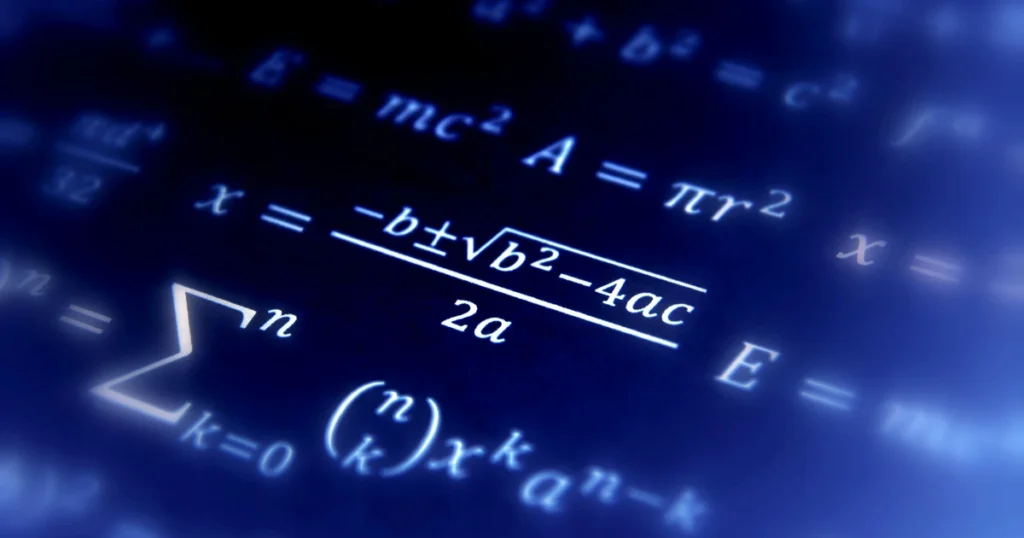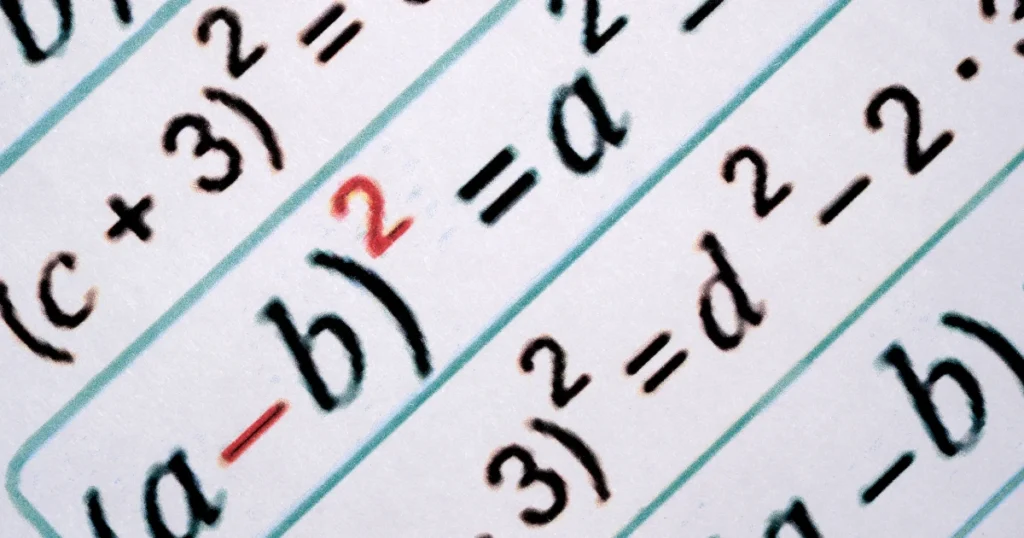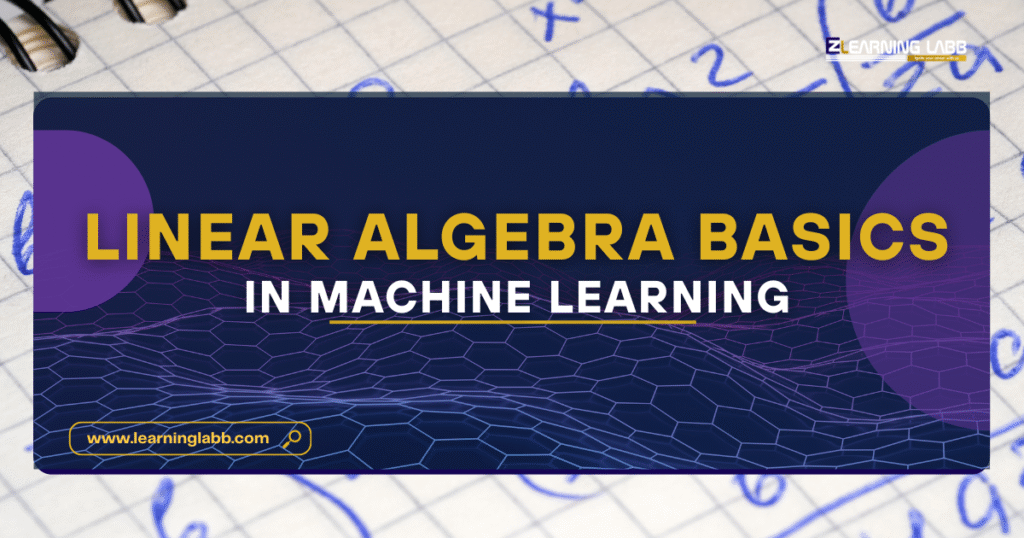Linear Algebra in Machine Learning Basics: Linear algebra can actually be called the backbone of machine learning. It helps represent data as vectors and matrices, carry out important operations like matrix multiplication for transformations, and build algorithms such as Principal Component Analysis (PCA) and neural networks.
By making computation faster, data handling easier, and optimisation problems solvable, linear algebra becomes a key tool for anyone who wants to understand or create strong machine learning models.
In this blog, we will explore the following:
- A simple explanation of what is linear algebra and why it matters.
- The strong connection between linear algebra and machine learning.
- The basics of linear algebra for machine learning explained step by step.
- How much linear algebra is needed for machine learning to get started.
- Applications of linear algebra in machine learning, such as PCA, regression, and neural networks.
Let’s go then!
What is Linear Algebra?
Let’s start simple. Linear algebra is the branch of mathematics that deals with vectors, matrices, and operations on them. Instead of solving single equations like in algebra, linear algebra allows us to handle systems of equations and work with data structured in rows and columns – so, this explains what is linear algebra for you.

A vector is just an ordered list of numbers. Think of it as a point in space.
Example: [2, 3] can represent a point on a 2D graph.
A matrix is a rectangular grid of numbers arranged in rows and columns.
Example:
[1 2 3] [4 5 6]Operations like matrix multiplication, transpose, and inversion are used to transform and manipulate this data.
Now, why is this important in machine learning? Because almost all datasets can be represented as matrices, and the learning process often boils down to applying these operations repeatedly.
Linear Algebra In Machine Learning
So how does linear algebra connect to machine learning? The answer lies in how data and algorithms are structured.
- Data Representation: A dataset with 1,000 rows (examples) and 20 features (variables) is simply a 1000×20 matrix.
- Transformations: Machine learning often needs us to rotate, scale, or project data into smaller dimensions. These are done using matrix operations.
- Optimization: Training models like neural networks involves solving optimization problems. These problems rely heavily on linear algebra.
As Andrew Ng once said, “Linear algebra is the language of machine learning.”
Linear Algebra for Machine Learning Basics
To understand linear algebra in ML, we don’t need to dive into every proof and theorem. Instead, here are the basics that matter most:
1. Vectors
- Represent features or weights in ML models.
- Example: In predicting house prices, [area, bedrooms, location_score] can be stored as a vector.
2. Matrices
- Store entire datasets or layers in neural networks.
- Example: A dataset of 100 houses with 3 features each becomes a 100×3 matrix.
3. Matrix Multiplication
- Used for transformations, projections, and model predictions.
- In neural networks, multiplying a matrix of inputs with a matrix of weights gives the output.
4. Determinants and Inverses
- The determinant tells us if a system of equations has a unique solution.
- The inverse of a matrix is like dividing numbers, used to solve equations.
5. Eigenvalues and Eigenvectors
- Key in algorithms like PCA (dimensionality reduction).
- They help find directions of maximum variance in data.
By mastering these basics of linear algebra for machine learning, one can easily understand how algorithms are built.
Read More: Machine Learning Projects For Final Year

Linear Algebra in ML Algorithms
Here’s where things get interesting. Let’s connect concepts with real ML algorithms.
Principal Component Analysis (PCA)
- PCA reduces the dimensions of data while keeping maximum variance.
- It relies on eigenvalues and eigenvectors from linear algebra.
Linear Regression
- Represented as a matrix equation: Y = Xβ + ε.
- Solving for β (the weights) requires matrix operations like transposition and inversion.
Neural Networks
- Inputs, weights, and outputs are stored as matrices.
- Each layer of a network involves multiplying inputs by weight matrices and applying activation functions.
Support Vector Machines (SVM)
- Works with vectors in high-dimensional spaces.
- The margin and hyperplane are calculated using dot products (a linear algebra operation).
In short, linear algebra in ML is not optional; it’s built into the very foundation of these algorithms.
How Much Linear Algebra is Needed for Machine Learning?
A common question is: Do I need to be a mathematician to learn ML?
The answer: Not at all.
You don’t need to study every proof. What you really need is an understanding of:
- Vectors and matrices.
- Matrix operations (multiplication, transpose, inverse).
- Eigenvalues and eigenvectors.
- Dot product and projections.
With these basics, you can follow ML courses, build models, and later deepen your knowledge as required.
Applications of Linear Algebra in Machine Learning
Let’s now connect theory with practice. Here are some applications of linear algebra and machine learning:
- Computer Vision
- Images are stored as matrices of pixel values.
- Operations like edge detection and image compression use linear algebra.
- Natural Language Processing (NLP)
- Words are embedded into vector spaces.
- Models like Word2Vec and transformers rely on matrix multiplications.
- Recommendation Systems
- User preferences and item features are stored in matrices.
- Matrix factorization is used to predict missing entries.
- Deep Learning
- Every step in a neural network (forward pass, backpropagation) uses matrix multiplications.
These applications prove why linear algebra in machine learning is indispensable.
Linear Algebra and Its Applications in AI & Data Science
Beyond ML, linear algebra and its applications extend to broader AI fields:
- Robotics (motion planning using transformations).
- Finance (portfolio optimization with matrices).
- Engineering (signal processing and control systems).
Once again, the same building blocks, that is, vectors and matrices, power all these.

On A Final Note…
Linear algebra in machine learning is the foundation on which all algorithms work. It plays a role in every step, from representing data as vectors and matrices to powering neural networks. By learning the basics of linear algebra for machine learning, you can build a strong understanding of how algorithms function.
So, the next time you see a dataset, think of it as a matrix. The next time you train a neural network, picture the hidden layers as sequences of matrix multiplications. That’s the beauty of this field, once you see the link between linear algebra and machine learning, everything else becomes clearer.
FAQs
Q1. What is linear algebra in machine learning?
It’s the use of vectors, matrices, and related operations to represent data, transform it, and run algorithms.
Q2. How much linear algebra is needed for machine learning?
Just the basics, vectors, matrices, dot products, and eigenvalues are enough to get started.
Q3. Can I learn machine learning without linear algebra?
You can follow tutorials, but true understanding requires at least some linear algebra knowledge.
Q4. What are the applications of linear algebra in ML?
PCA, regression, neural networks, recommendation systems, and NLP models.





